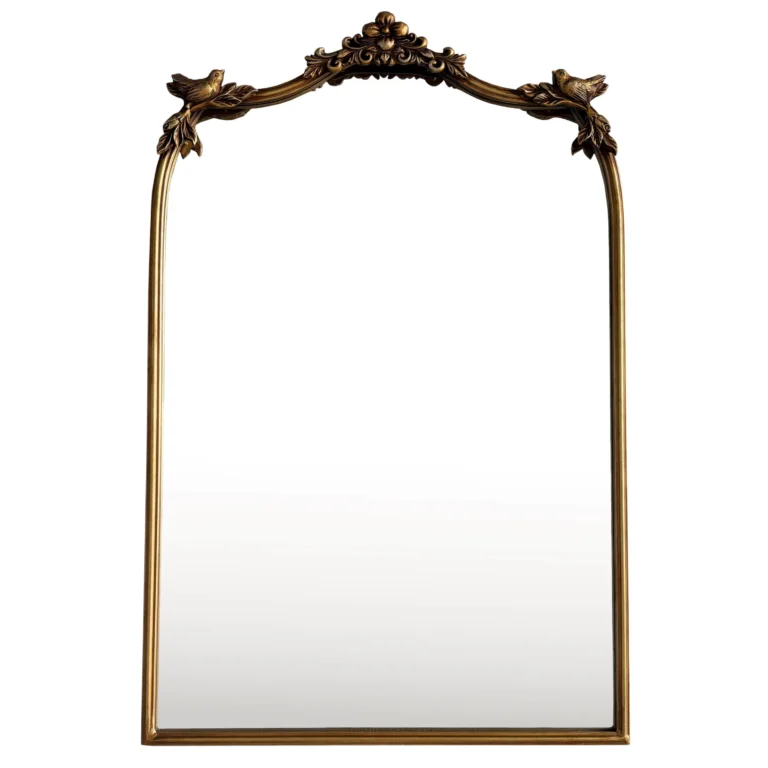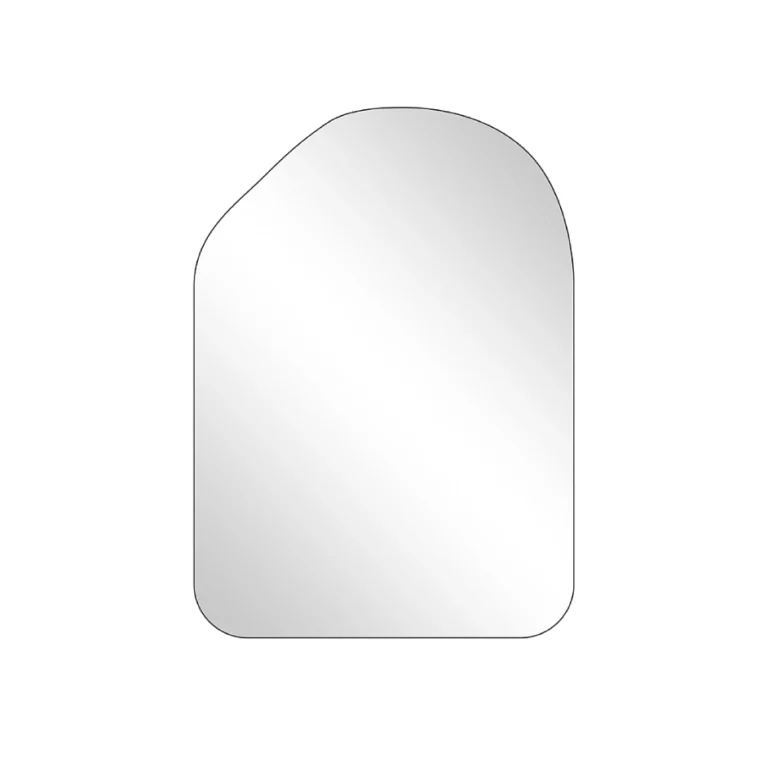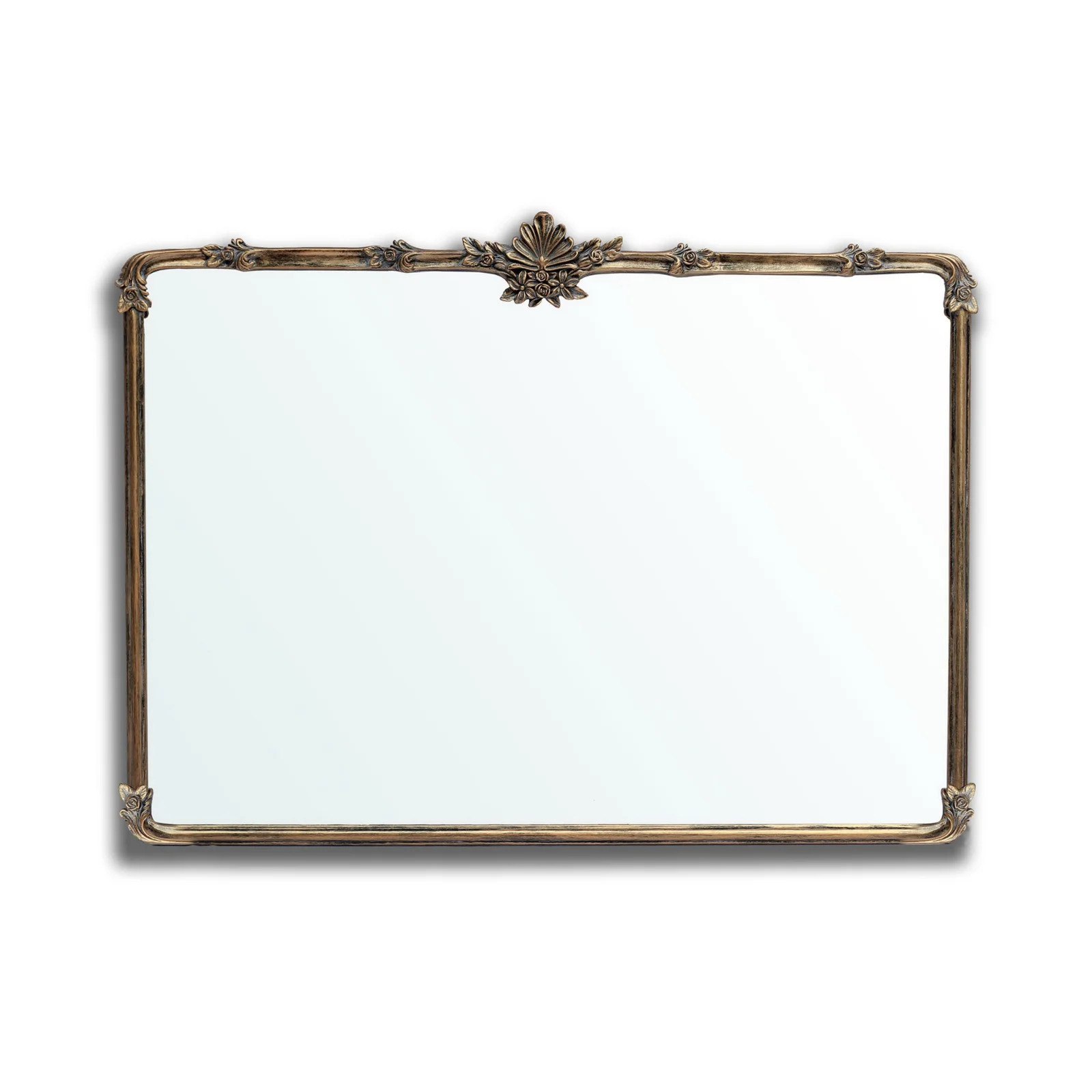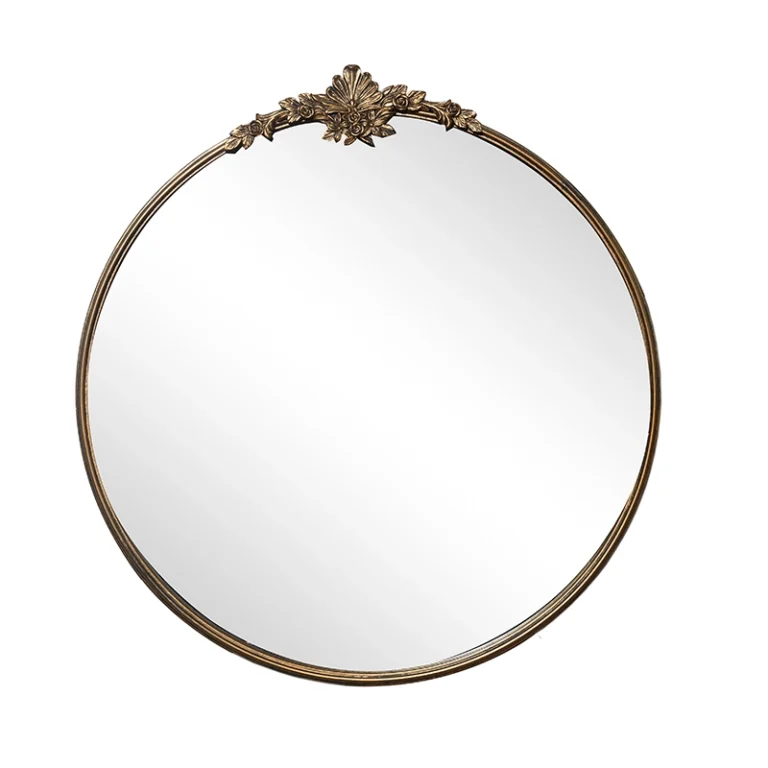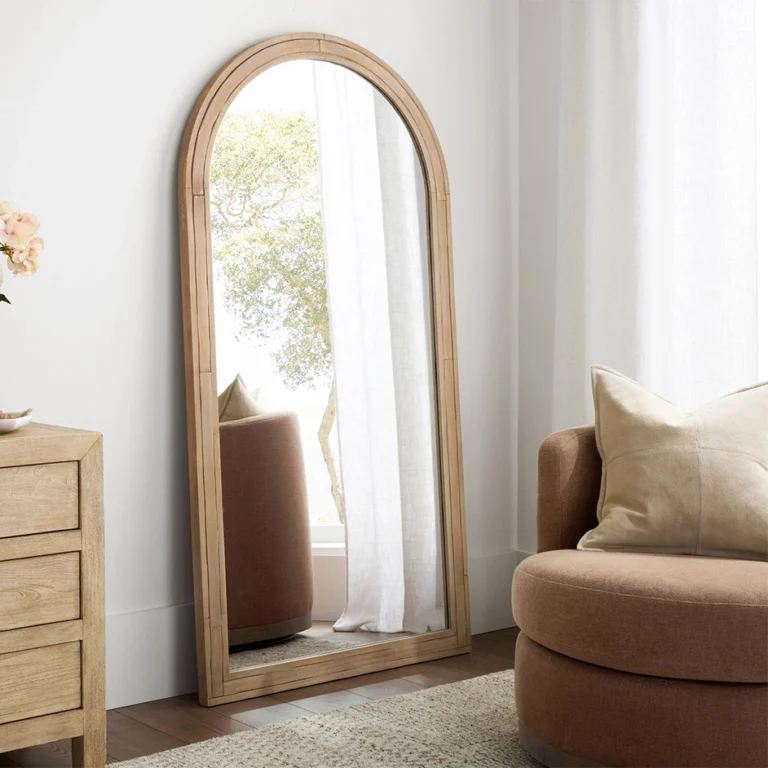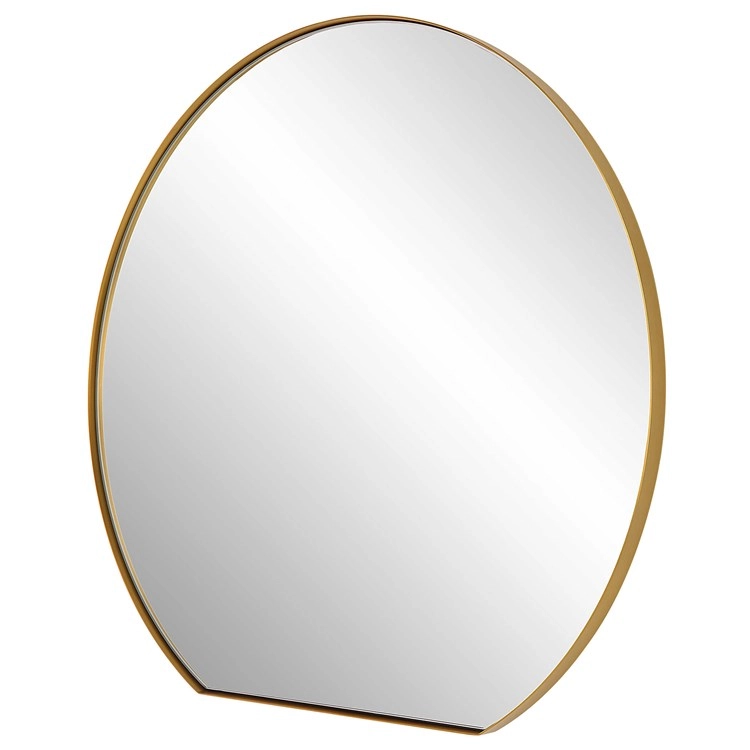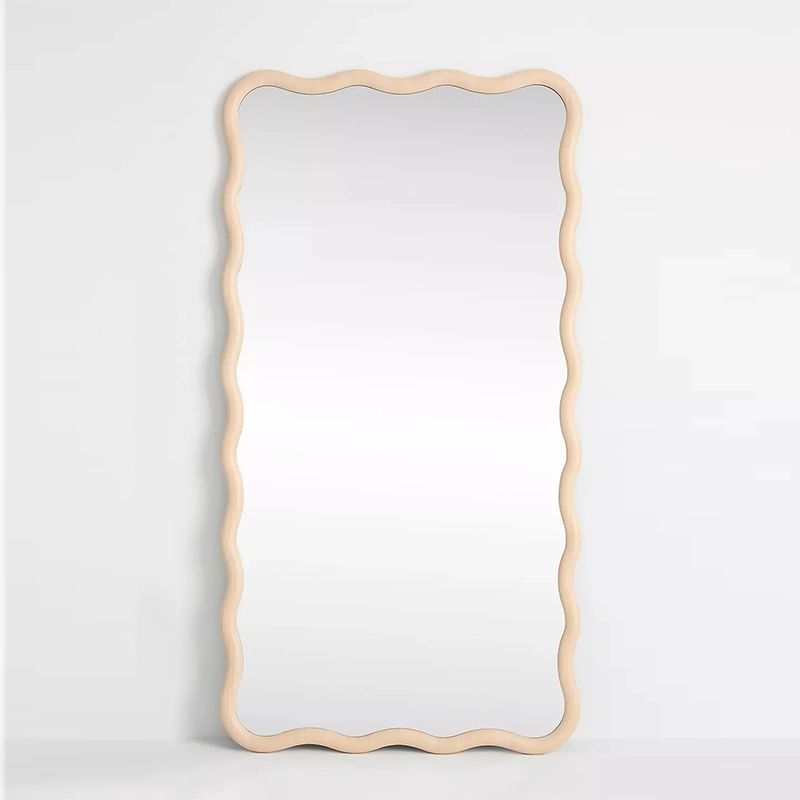contemporary mirror designs Abu Dhabi
Of course! Contemporary mirror designs in Abu Dhabi are a fascinating blend of global trends and local, region-specific aesthetics. The design scene here is sophisticated, luxurious, and often draws inspiration from the desert landscape, Islamic geometry, and a modern, cosmopolitan lifestyle.
Here’s a breakdown of the key contemporary mirror design trends you’ll find in Abu Dhabi:
1. Minimalist & Sleek Frameless Designs
This style is hugely popular in modern Abu Dhabi apartments and villas, especially in areas like Saadiyat Island, Al Reem Island, and Al Raha. The focus is on clean lines and creating a sense of space and light.
-
Characteristics: Large, often custom-sized, mirrors with beveled or polished edges. They are used to amplify natural light and make rooms feel more expansive.
-
Placement: Leaning against walls in living rooms and bedrooms, or as large bathroom mirrors above vanities.
-
Abu Dhabi Twist: They are often paired with luxurious materials like marble or onyx walls, ensuring the minimalism feels opulent rather than sparse.
2. Organic & Asymmetrical Shapes
Inspired by global trends and the natural curves of the desert dunes, organic shapes are a big departure from traditional rectangles.
-
Characteristics: Mirrors in the form of sunbursts, crescent moons, amoebas, or abstract organic forms. These act as sculptural art pieces.
-
Placement: As a statement piece in a entryway, above a console table, or in a living room.
-
Materials: Often feature thin, metallic frames in gold, brass, or black to define their unique shape.
3. Geometric & Islamic-Inspired Patterns
This is where local culture profoundly influences contemporary design. It’s a modern take on a deeply traditional art form.
-
Characteristics: Not the heavy, dark wood of traditional mashrabiya. Instead, think laser-cut metal frames with intricate geometric patterns (like a hexagon or star pattern), or mirrors with the pattern sandblasted onto the glass itself.
-
Placement: Used as a sophisticated focal point in a dining room, hallway, or as a partition in a large open-plan space to create a sense of privacy with light.
-
Why it’s popular: It offers a culturally resonant, artistic, and uniquely “Abu Dhabi” design element that is both modern and timeless.
4. Luxurious Metallic Finishes
Gold, brass, rose gold, and polished chrome are perennial favorites in the UAE’s design palette, symbolizing luxury and glamour.
-
Characteristics: Mirrors with frames in lustrous metals. The frames can be thin and delicate for a modern look or more substantial and ornate for a “Hollywood Regency” glam feel.
-
Placement: Glamorous bathrooms, lavish dressing rooms, and opulent living areas. A large gold-framed mirror is a classic statement in an Emirati majlis (sitting room).
-
Abu Dhabi Twist: The scale is often grand, and the quality of the gilding or metalwork is exceptionally high to avoid looking cheap.
5. Smart & Functional Mirrors
Aligning with the city’s vision of the future, smart technology is seamlessly integrated into home design.
-
Characteristics: LED mirrors with built-in dimmable lighting, anti-fog features for bathrooms, and even Bluetooth speakers or touch-screen capabilities.
-
Placement: Primarily in master bathrooms and high-end modern kitchens. They offer a sleek, uncluttered look with enhanced functionality.
-
Design: These are almost always frameless or with a very minimal integrated LED frame, emphasizing the technology.
6. Bold, Oversized Statement Pieces
“Go big or go home” is a common theme in Abu Dhabi’s interior design. Oversized mirrors make a dramatic impact.
-
Characteristics: Mirrors that cover a significant portion of a wall, sometimes from floor to ceiling. This could be a huge round mirror, a massive arched piece, or a paneled wall of mirrors.
-
Placement: In grand entryways, soaring living rooms, or at the end of a long hallway to create a stunning vista.
-
Effect: They enhance the grandeur of a space, reflecting architectural features and expensive finishes, which is a key desire in luxury properties.
7. Mixed Media & Artistic Designs
For those seeking a truly unique, gallery-like feel, mirrors are treated as canvases for artistic expression.
-
Characteristics: Mirrors combined with other materials like rough-cut natural stone, woven rattan, polished shell, or back-painted glass to create texture and contrast.
-
Placement: In designer homes and luxury hotels as one-of-a-kind art installations.
-
Example: A mirror with a frame made of fossilized stone or a design that incorporates mother-of-pearl inlay, nodding to the region’s pearling history.
Where to Find Contemporary Mirrors in Abu Dhabi:
-
High-End Boutiques & Design Districts: The Avenue at Etihad Towers, Design District Abu Dhabi (on Al Reem Island), and showrooms in World Trade Center Mall and Marina Mall feature international brands like Pottery Barn, Crate & Barrel, and The One.
-
Interior Design Firms: For custom pieces, working with a local interior designer is the best route. They have access to craftsmen who can create custom geometric or oversized pieces and know the best suppliers.
-
Online & Instagram: Many local artisans and small businesses showcase and sell their work on Instagram. Search for hashtags like #AbuDhabiInteriors, #DubaiDesign, #UAEArtisan.
-
Larger Retailers: IKEA (Yas Island) and Home Centre offer affordable, trendy options that follow these global styles.
In summary, contemporary mirror design in Abu Dhabi is defined by a elegant fusion: the clean, spacious feel of international modernism, deeply infused with luxurious materials, cultural motifs, and a bold, statement-making scale.
Generally speaking, our order requirements are as follows: the minimum order quantity (MOQ) for large items is 50 pieces, for regular items it is 100 pieces, for small items it is 500 pieces, and for very small items (such as ceramic decorations) the MOQ is 1,000 pieces. Orders exceeding $100,000 will receive a 5% discount. The delivery timeline is determined based on the specific order quantity and production schedule. Typically, we are able to complete delivery within two months.
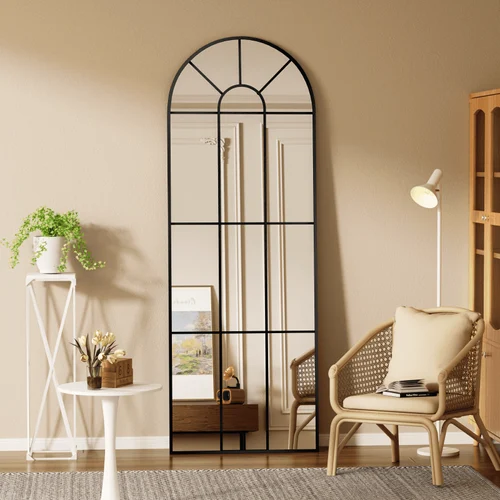

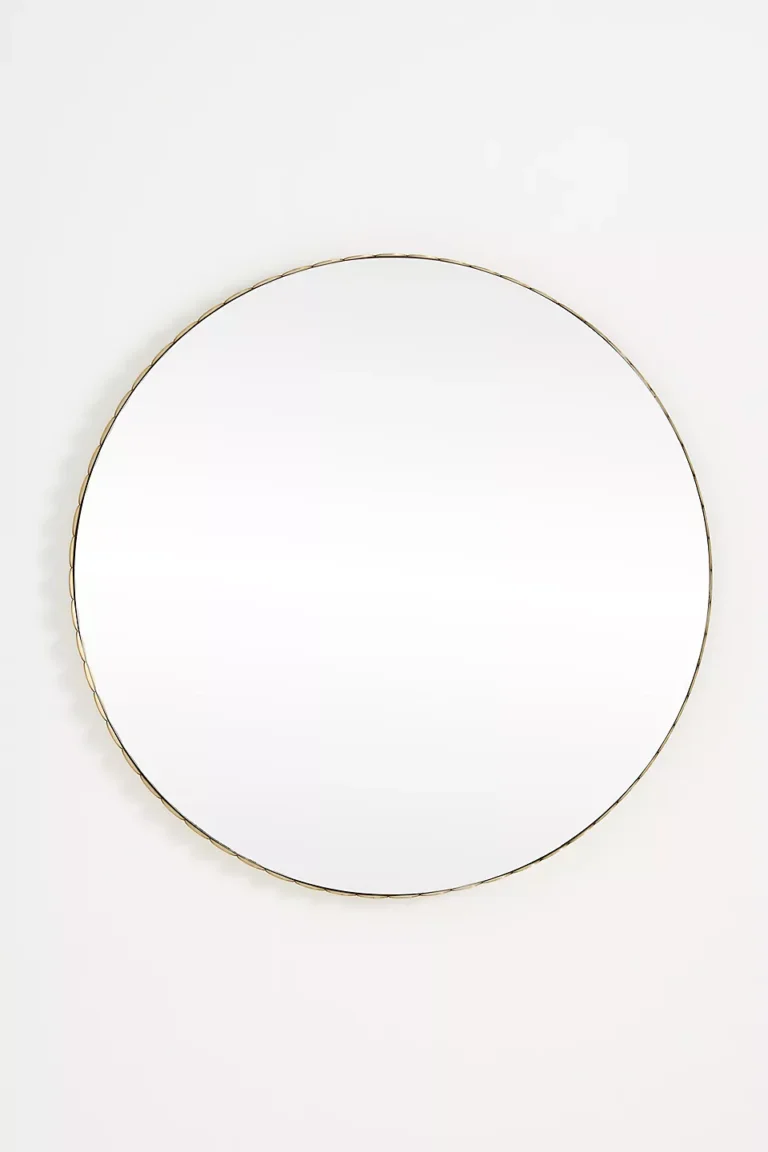
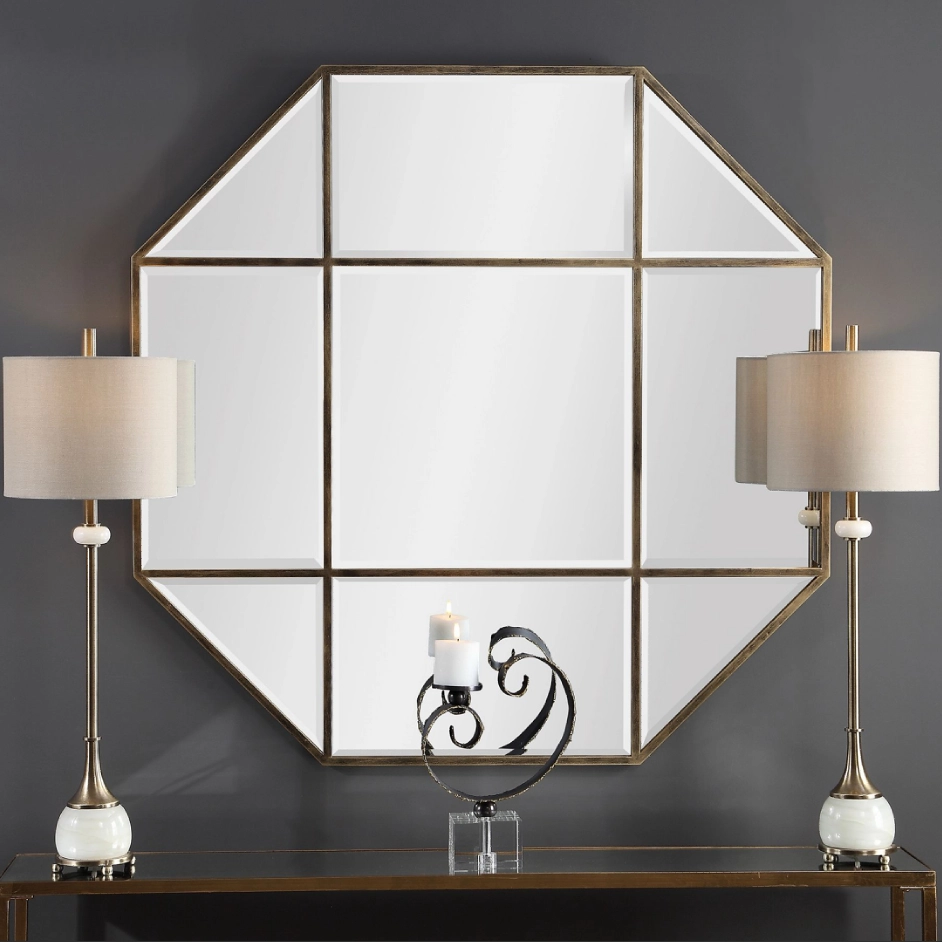

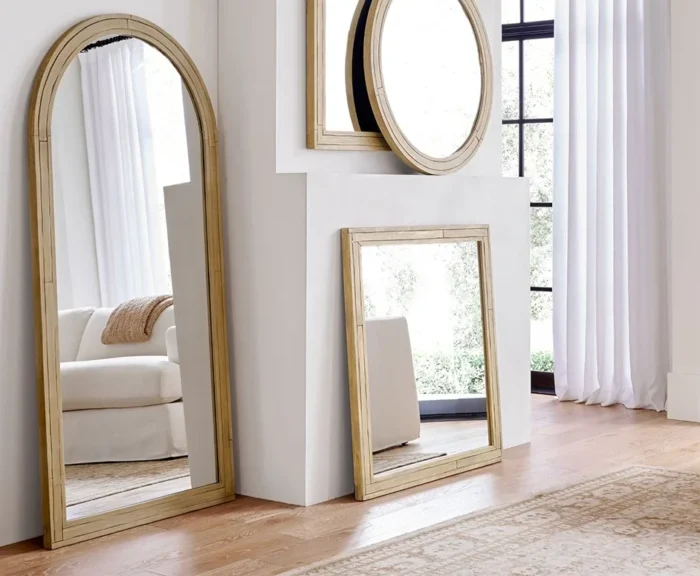
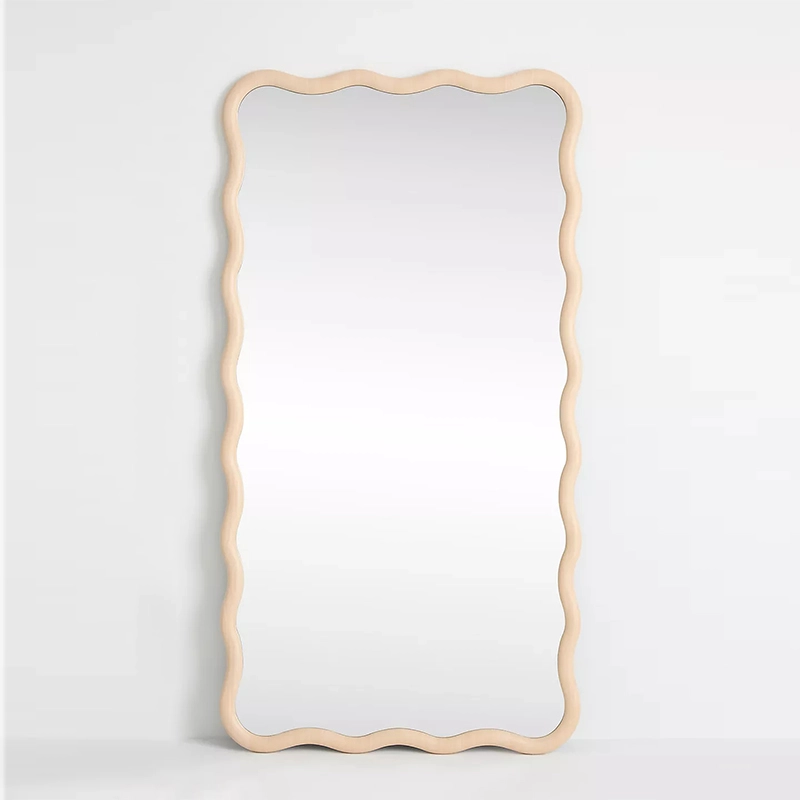
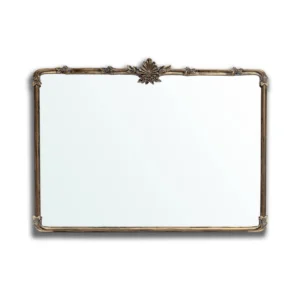
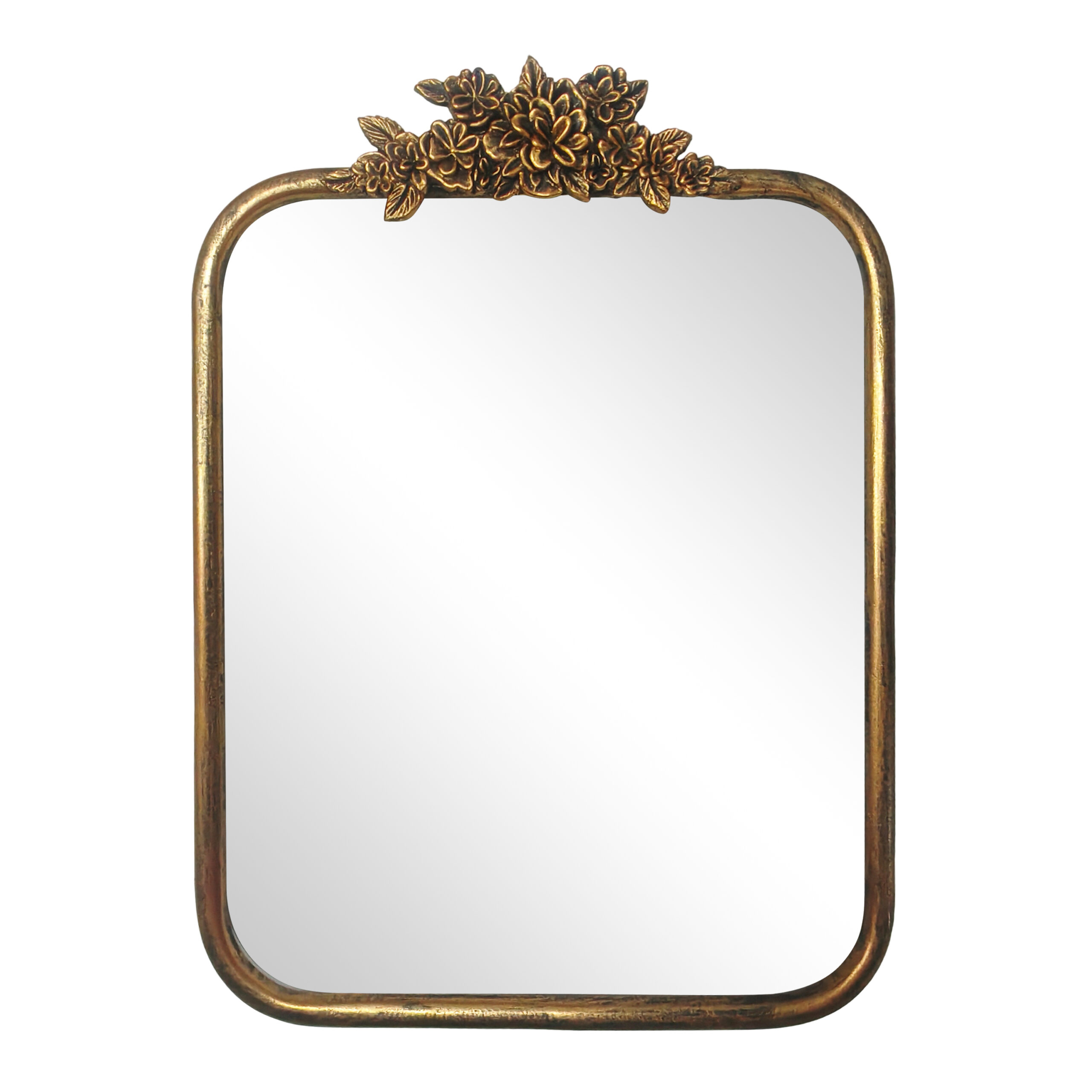
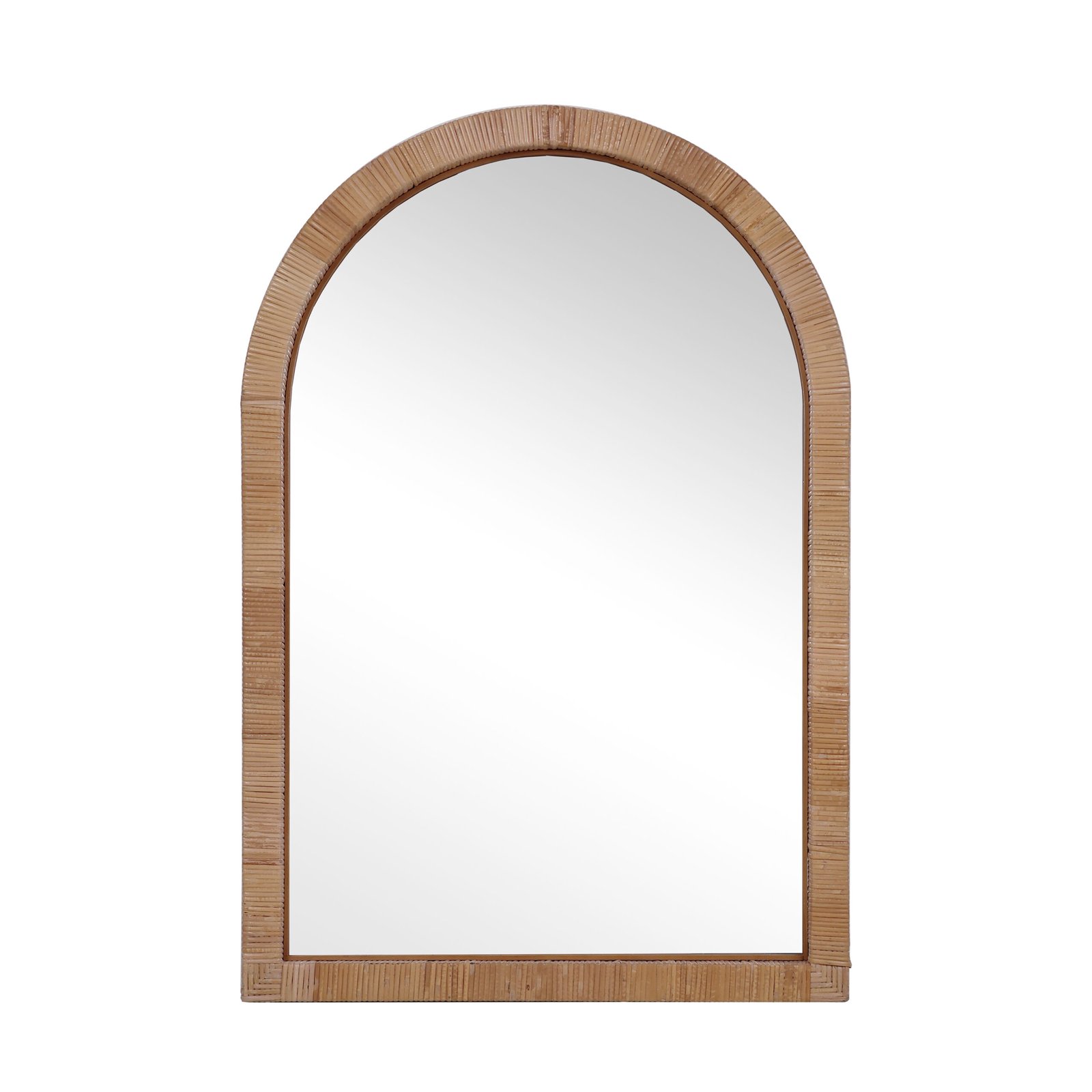
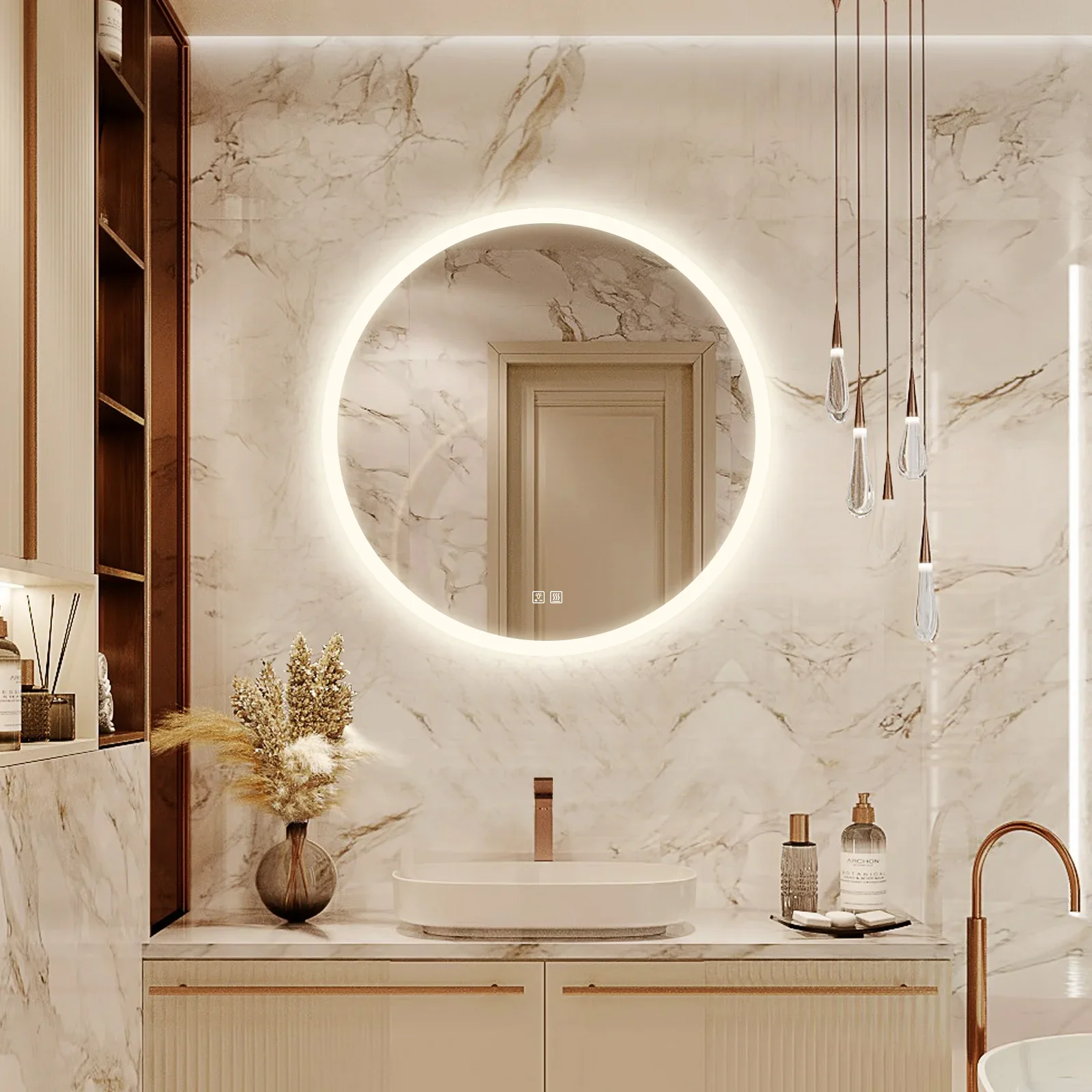
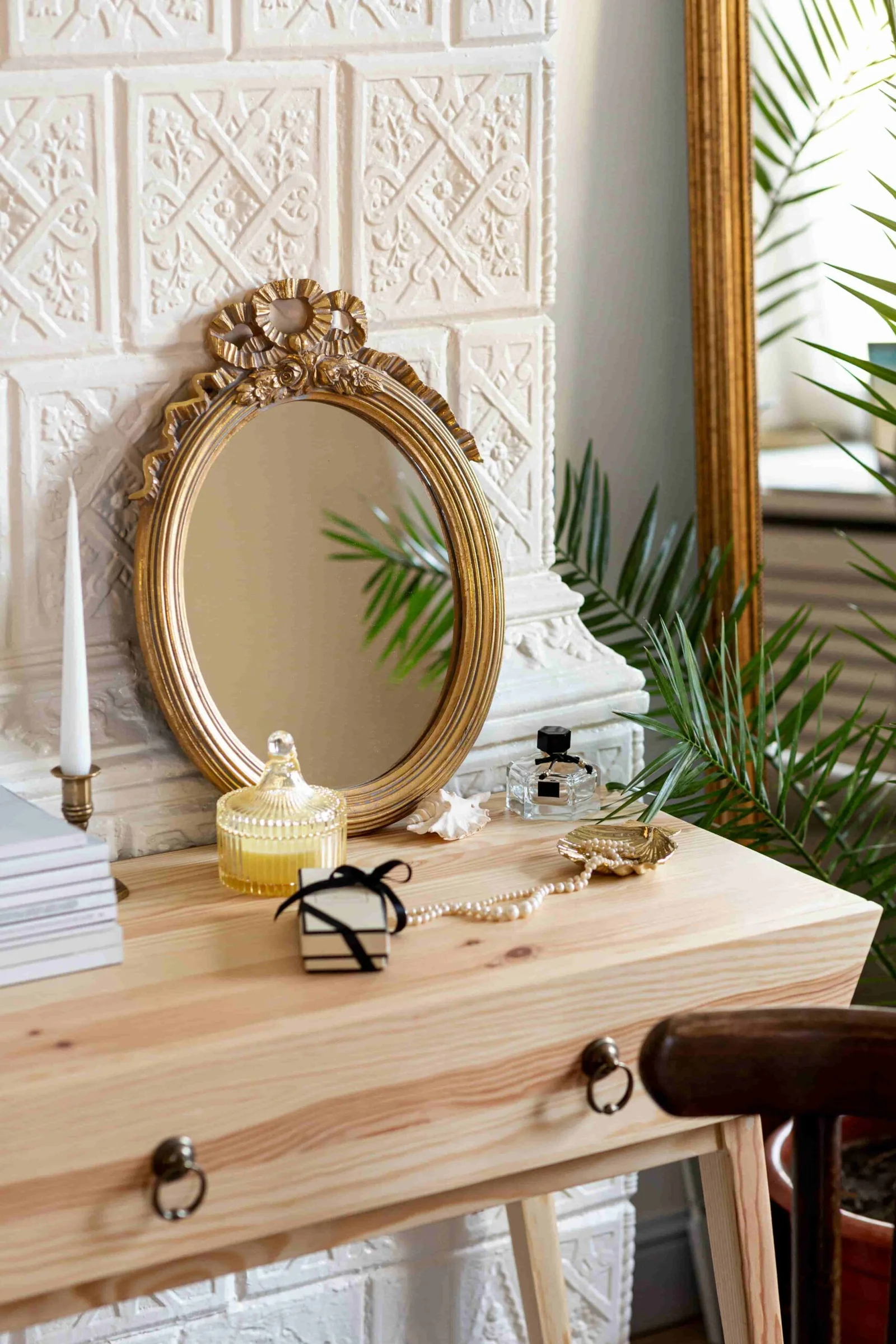
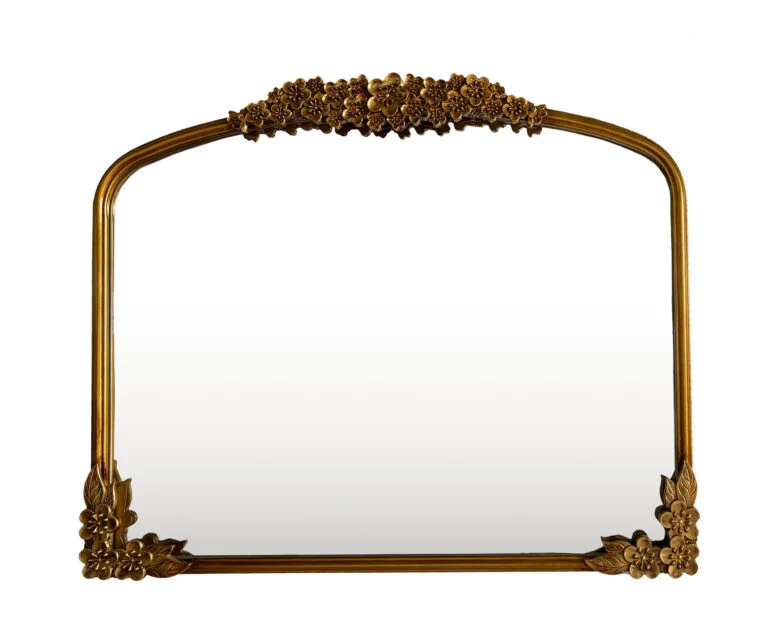
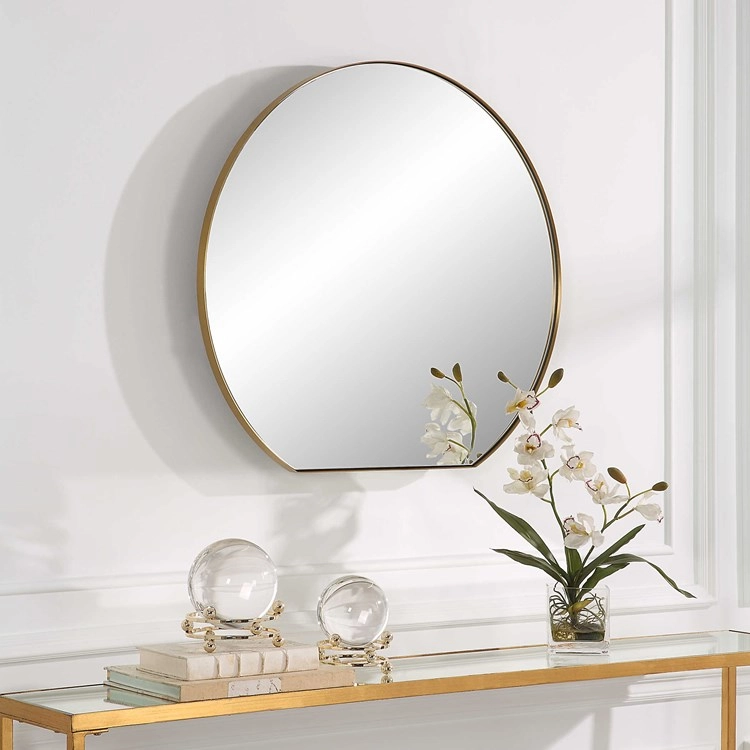
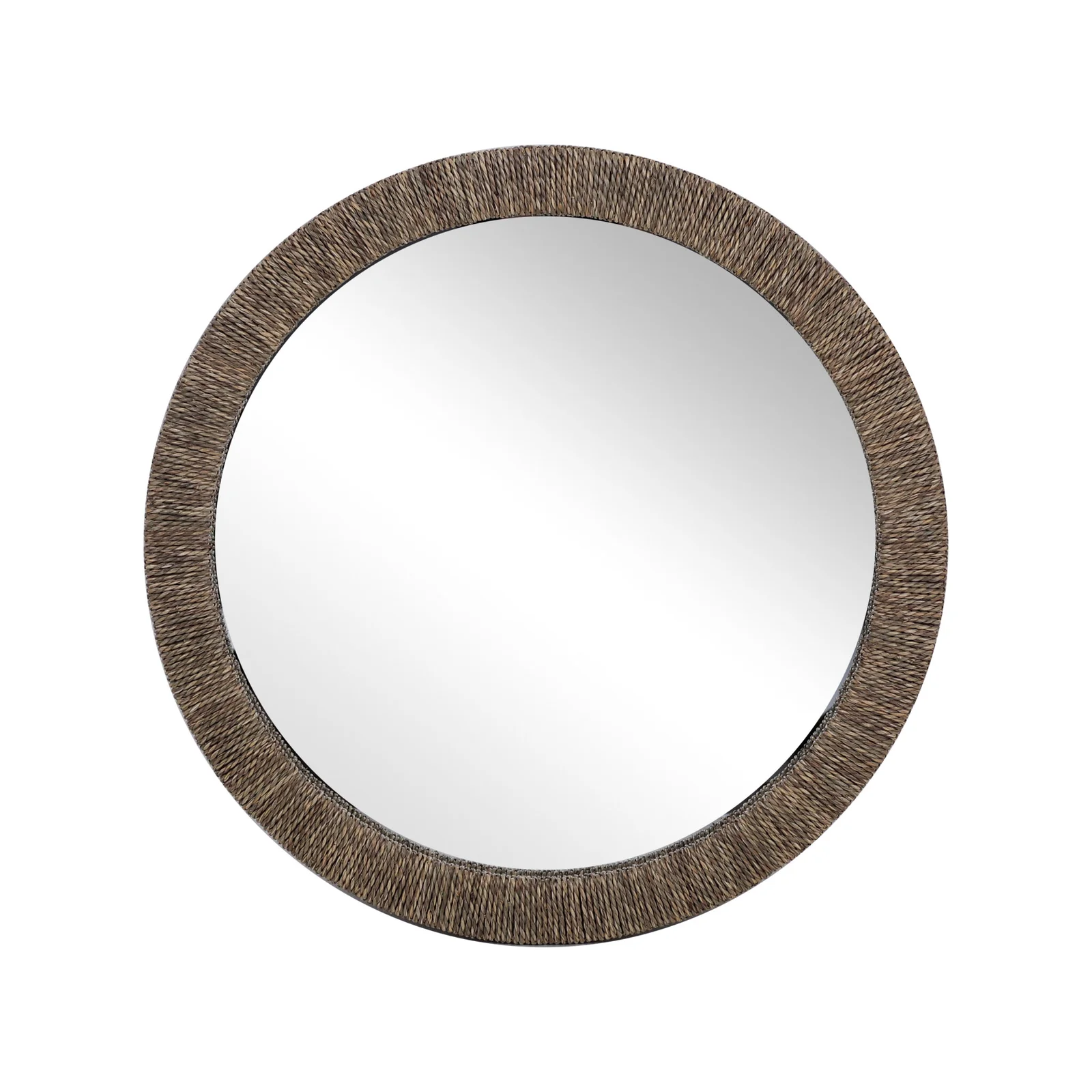
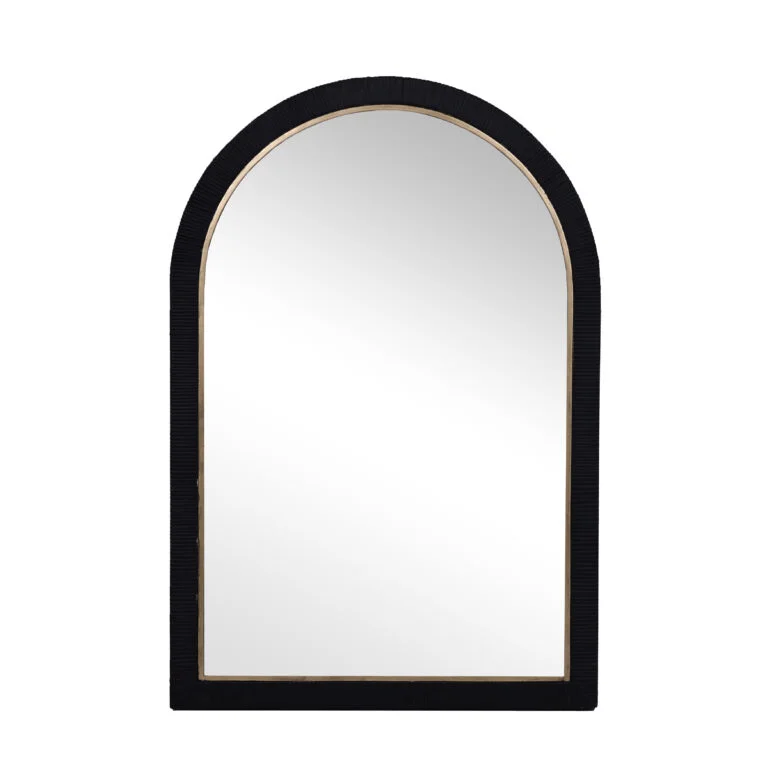
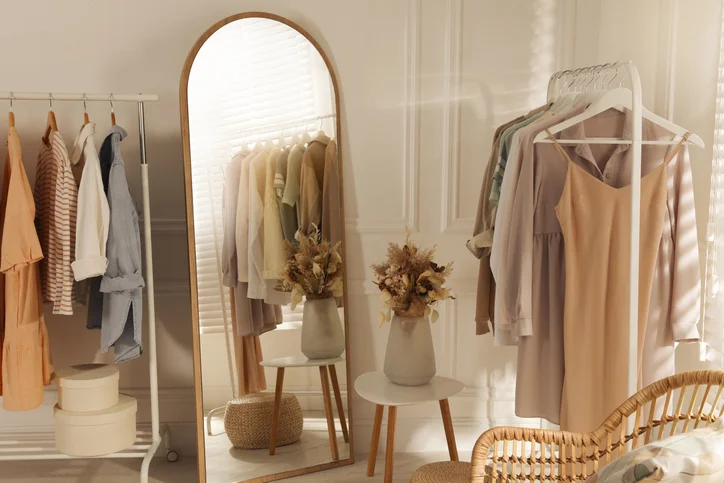
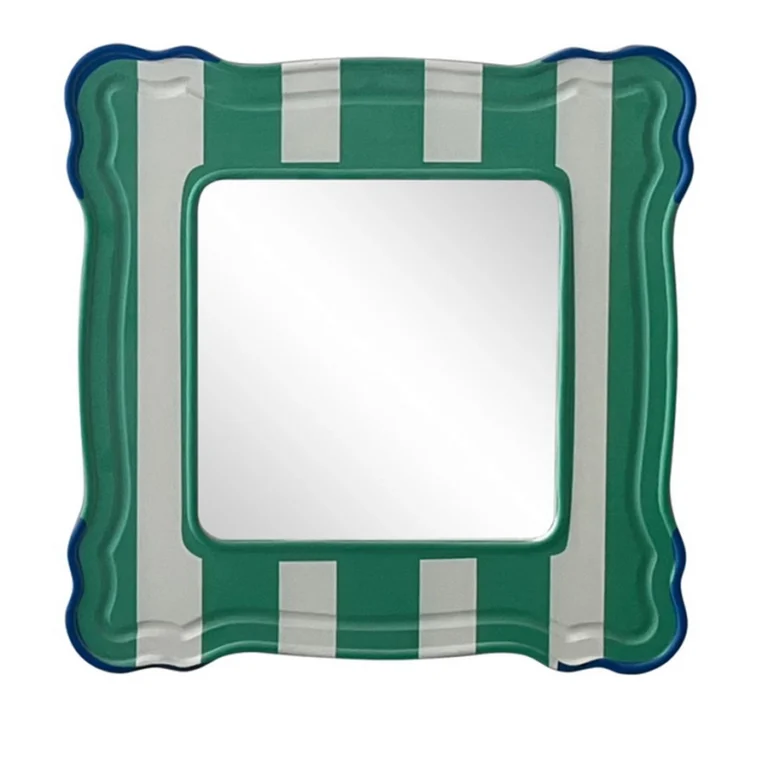
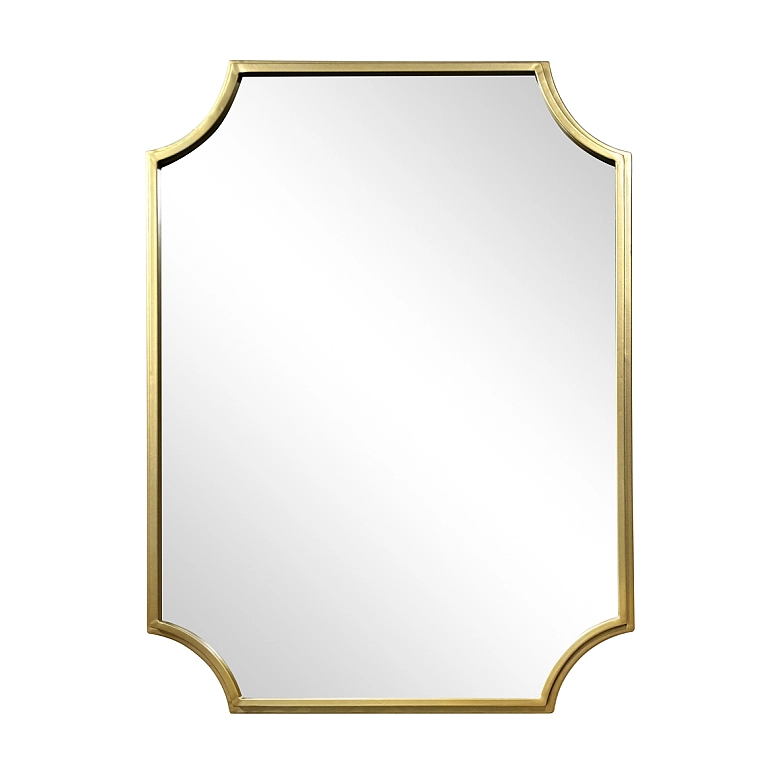
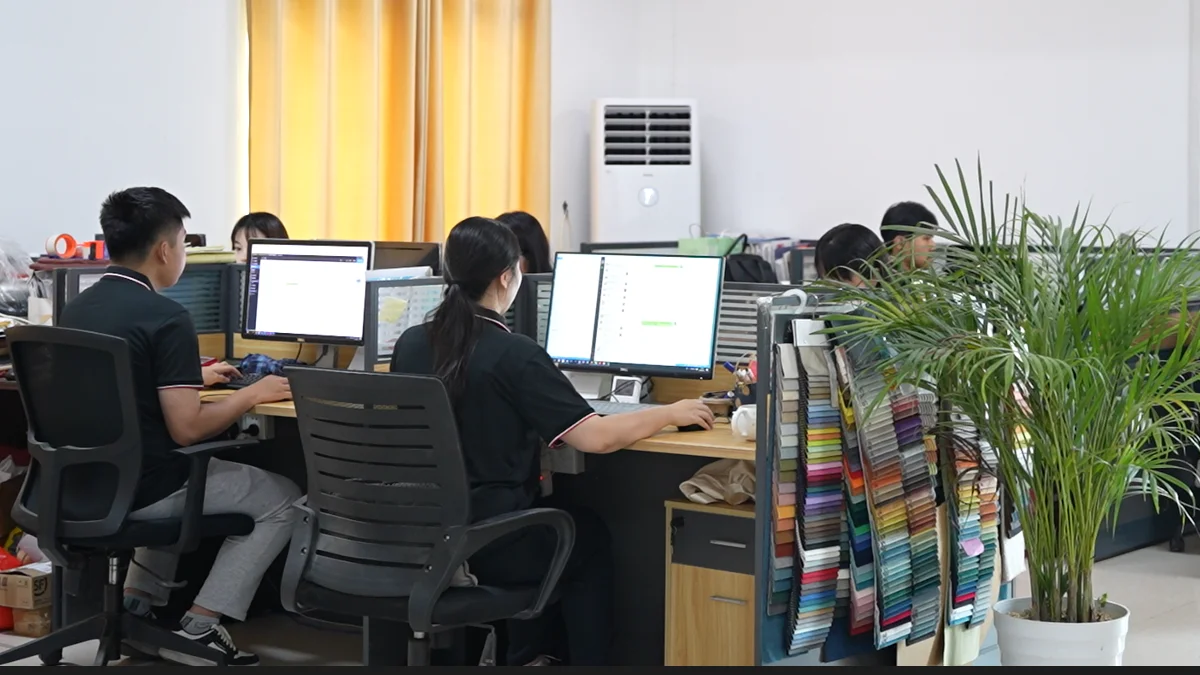
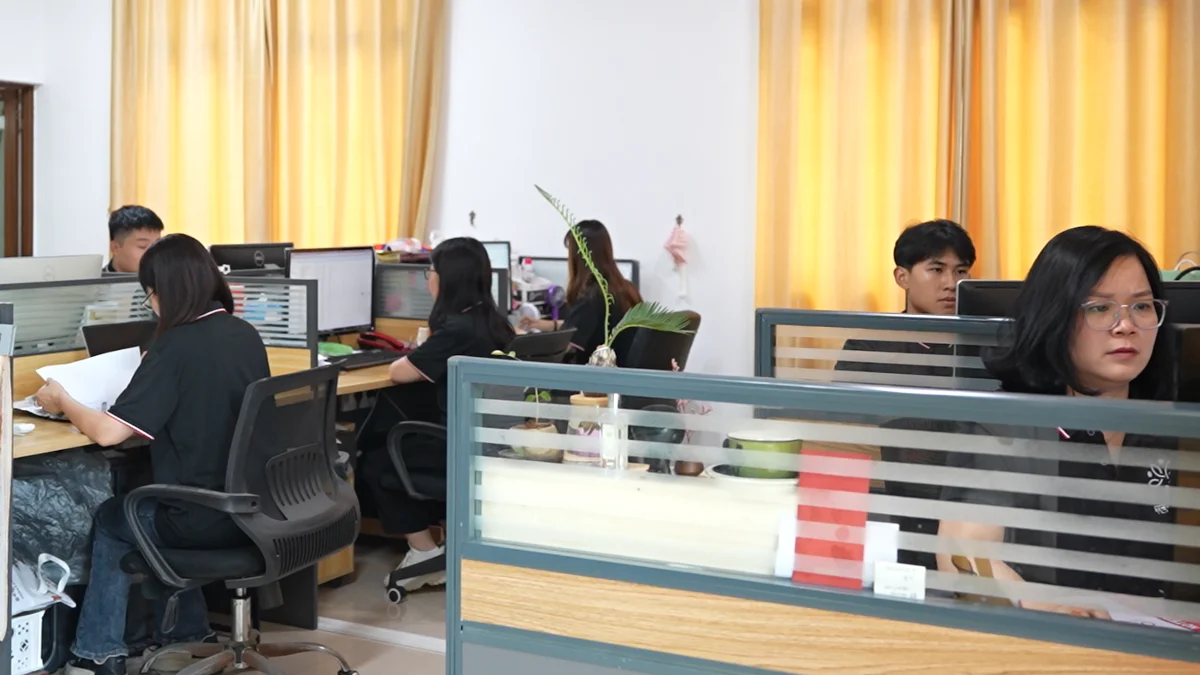
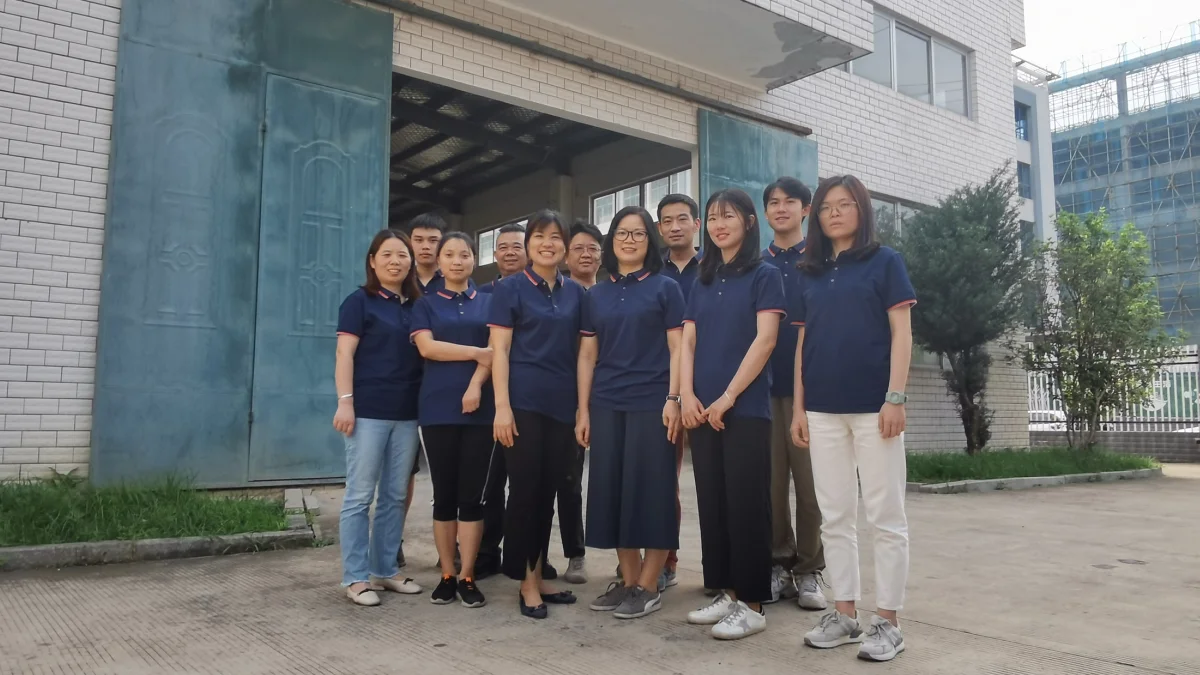
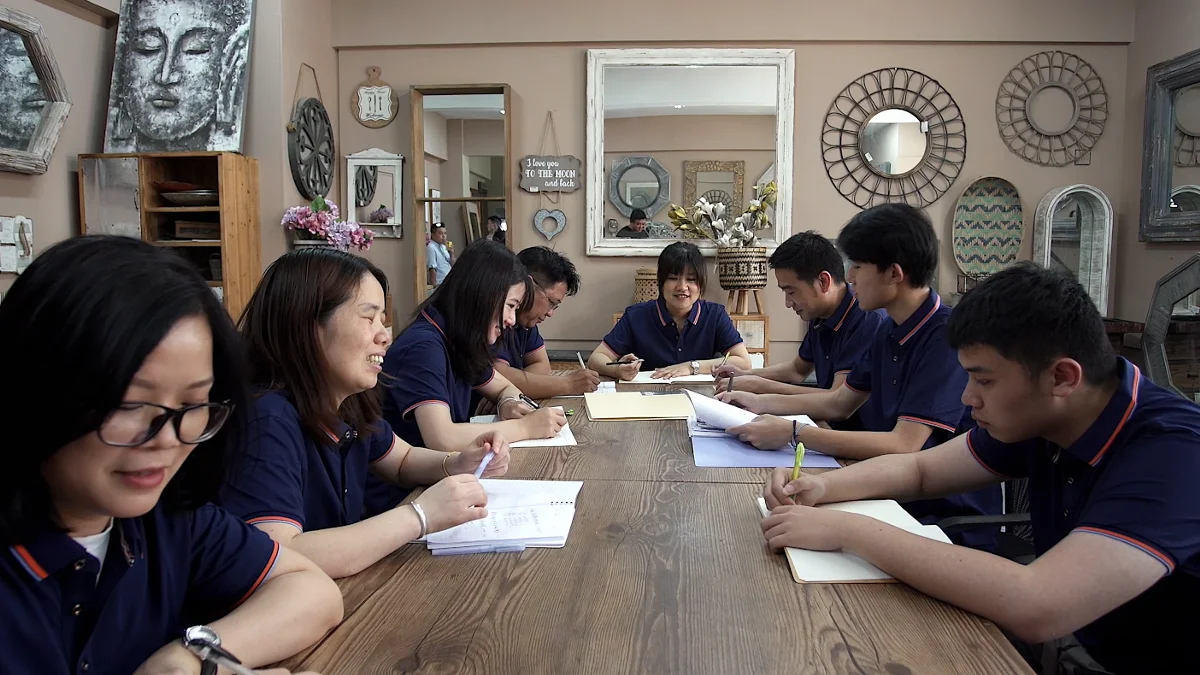

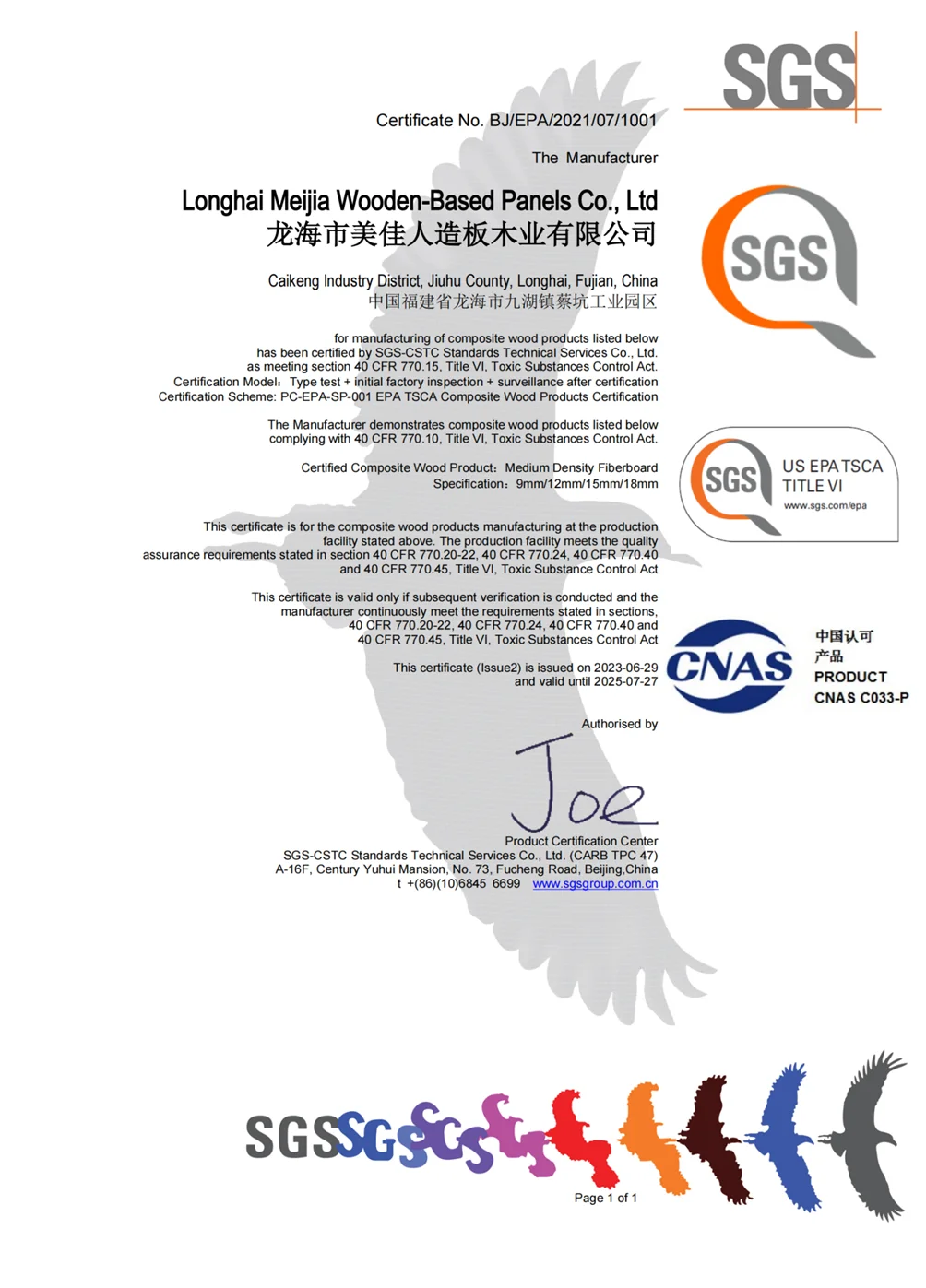

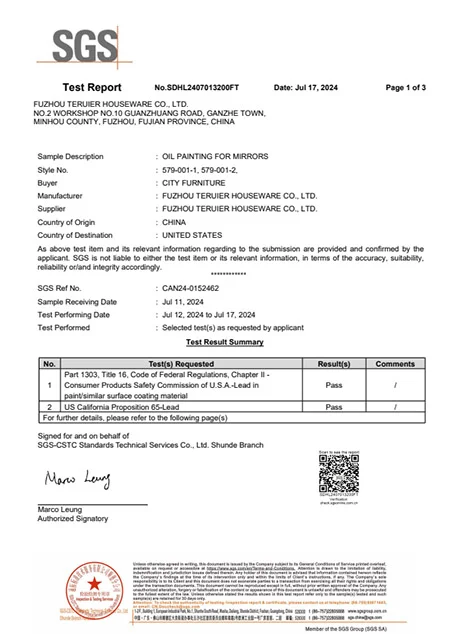

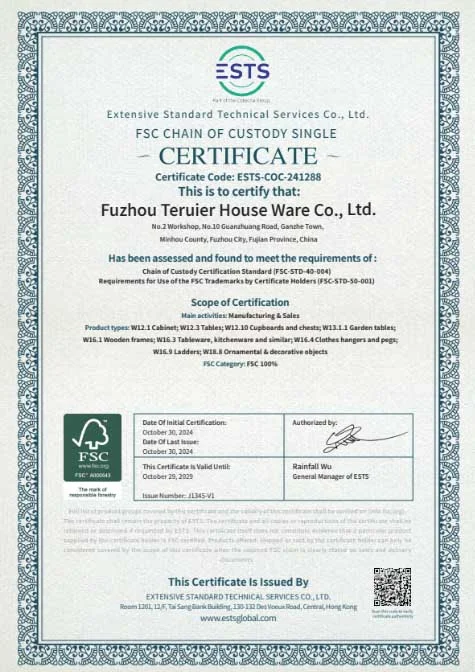
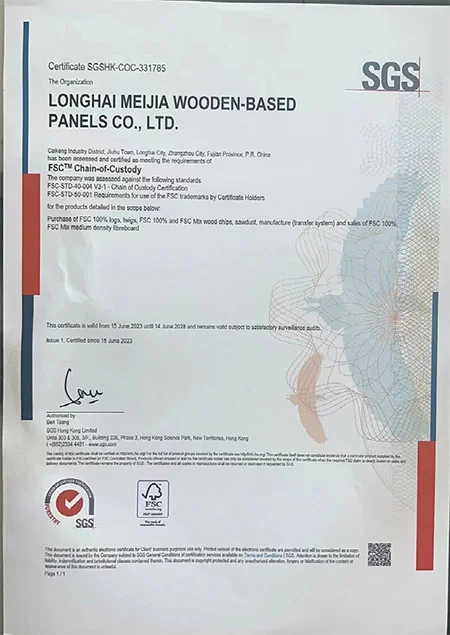
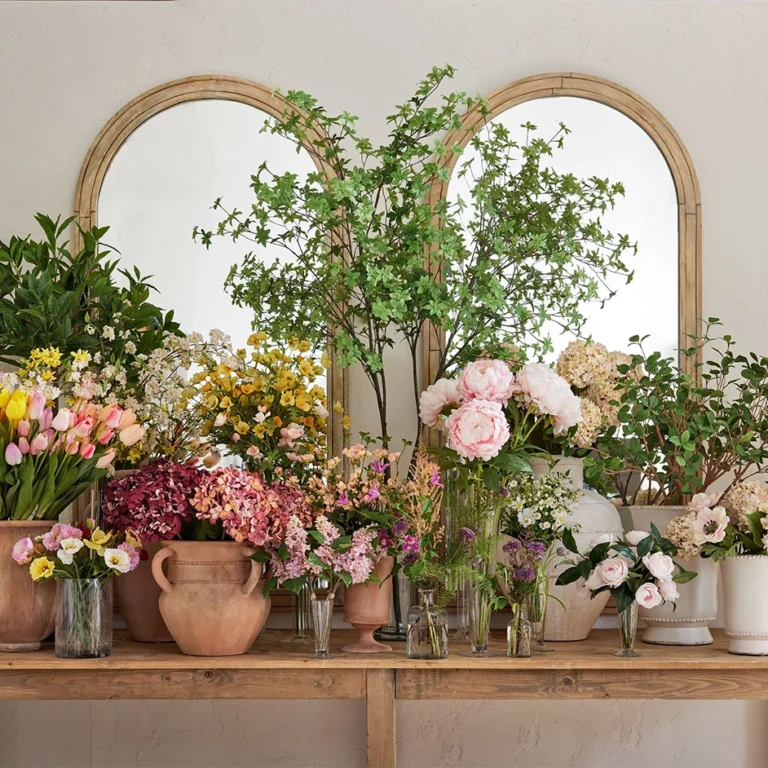
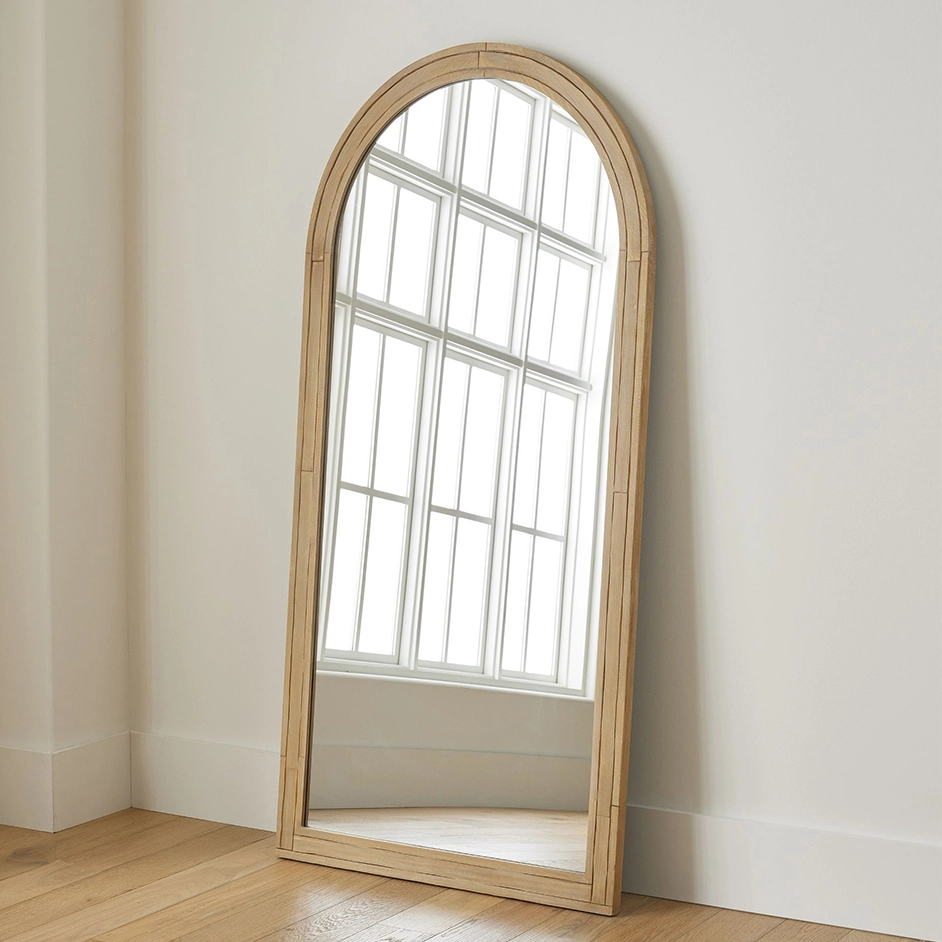
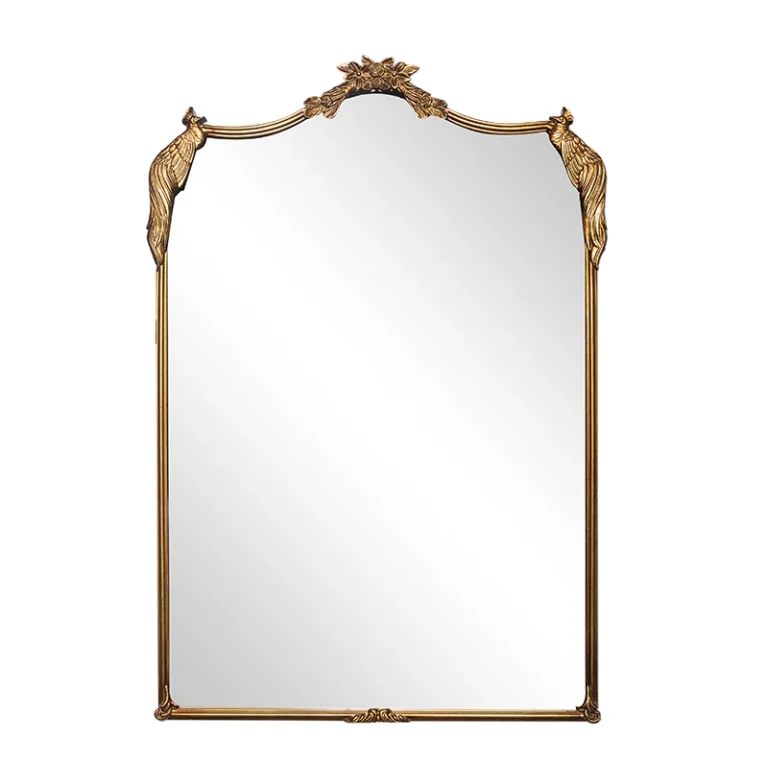
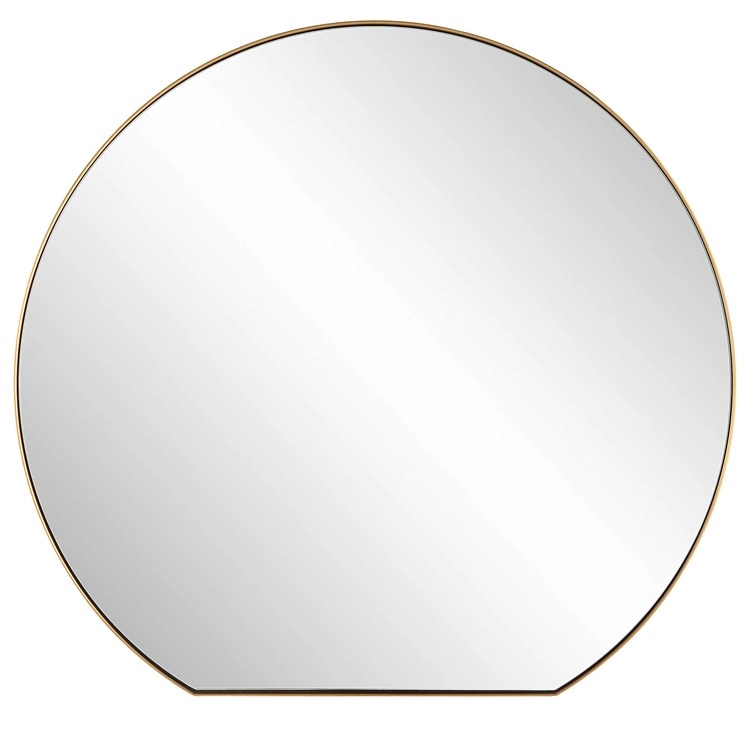
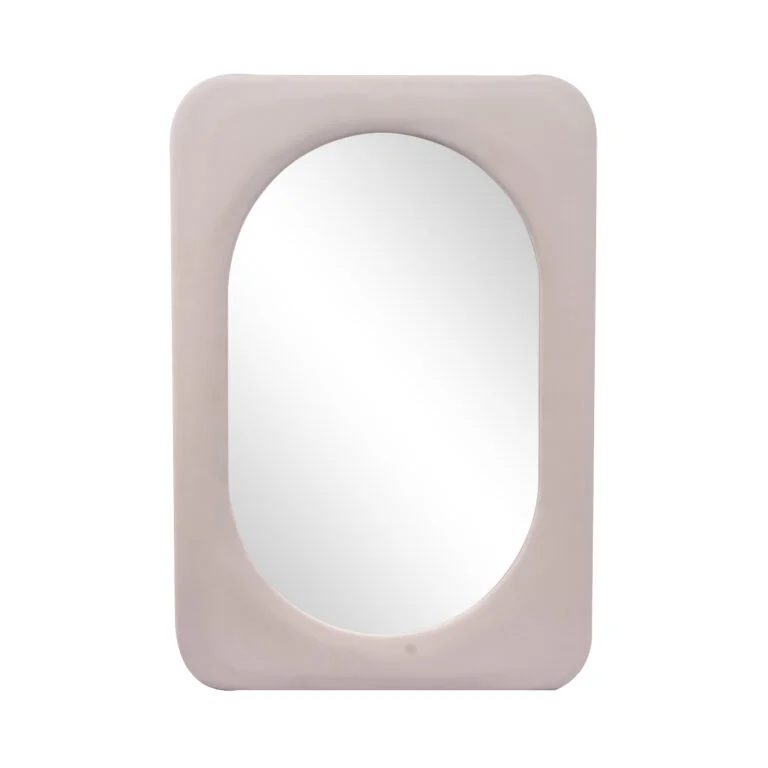
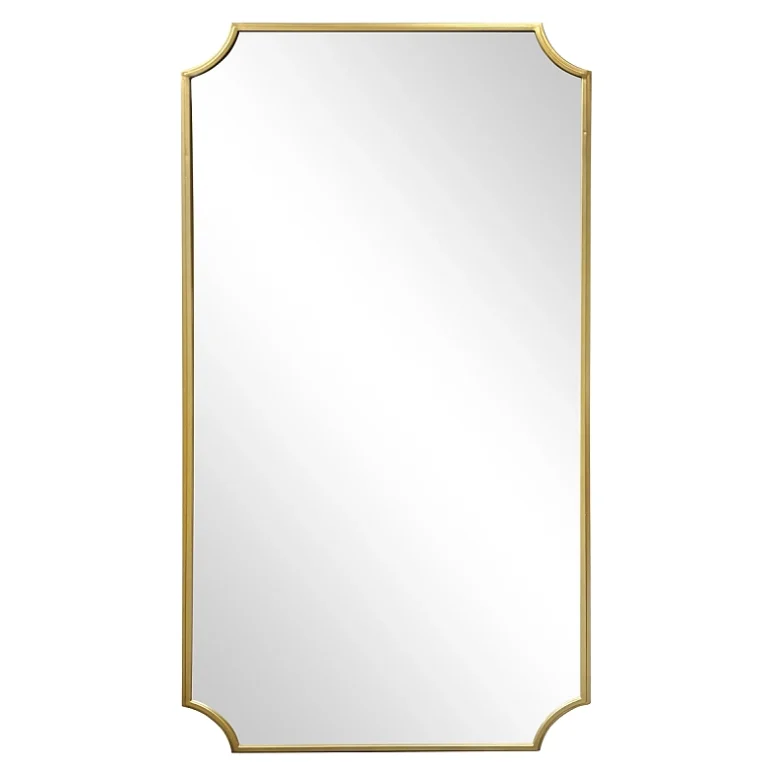
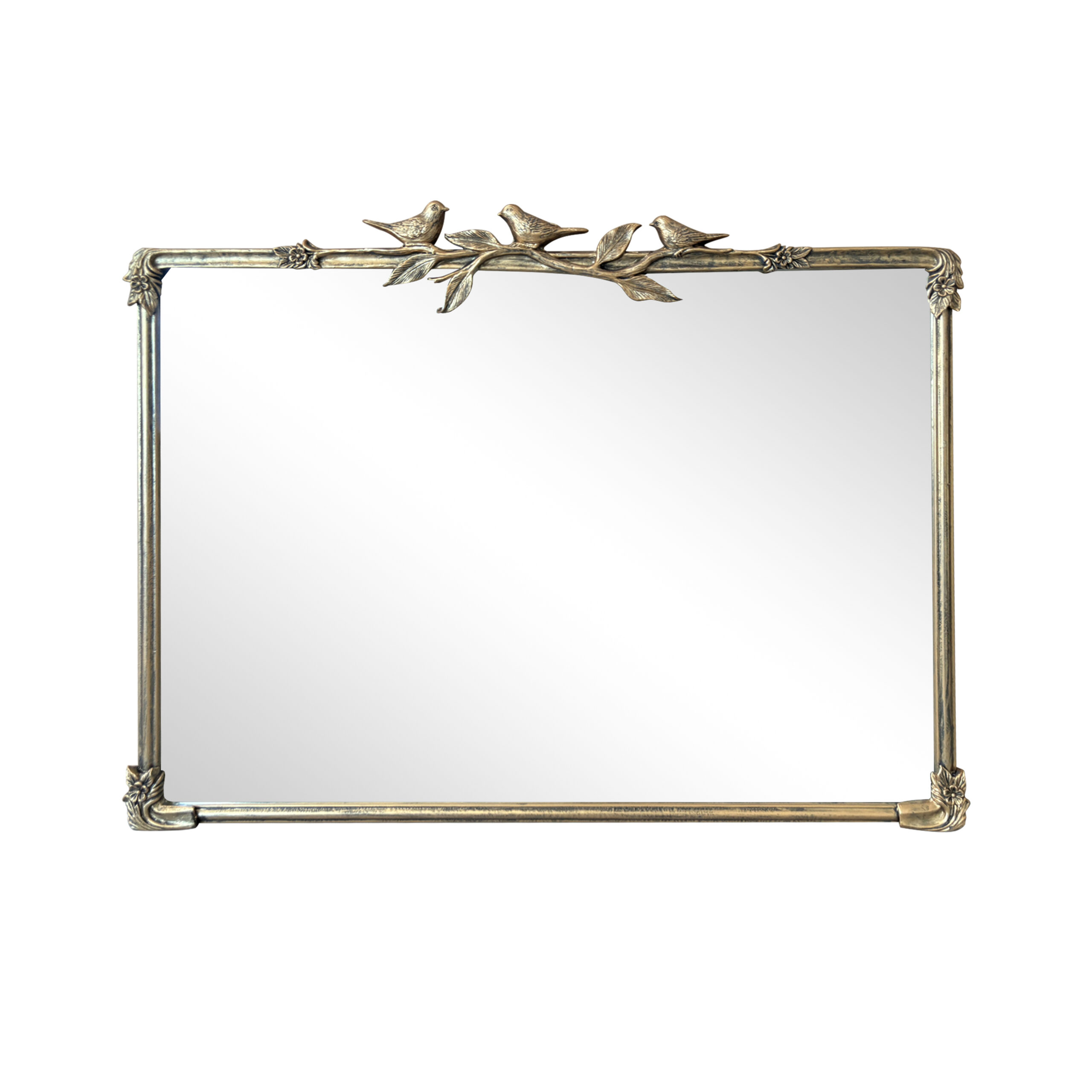
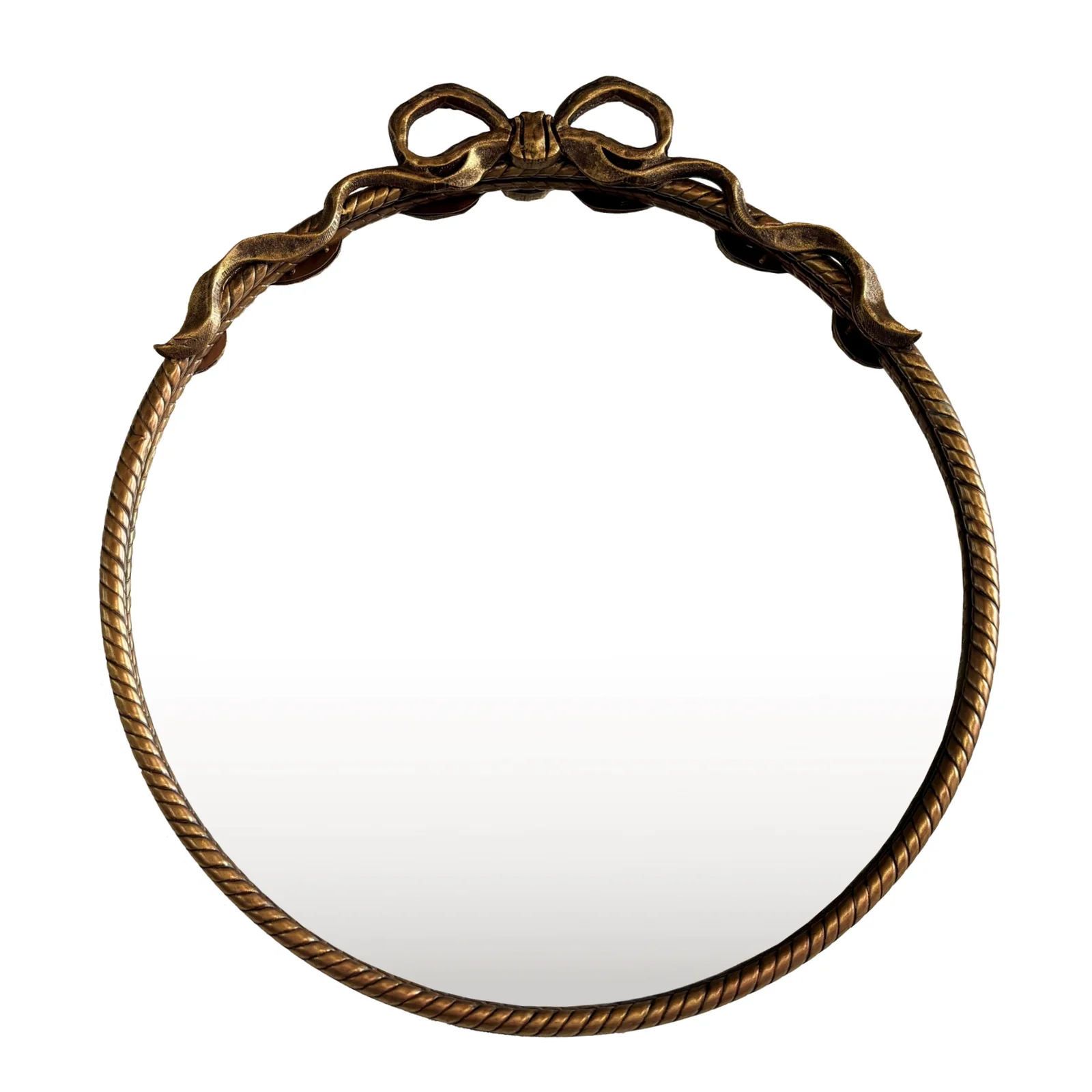
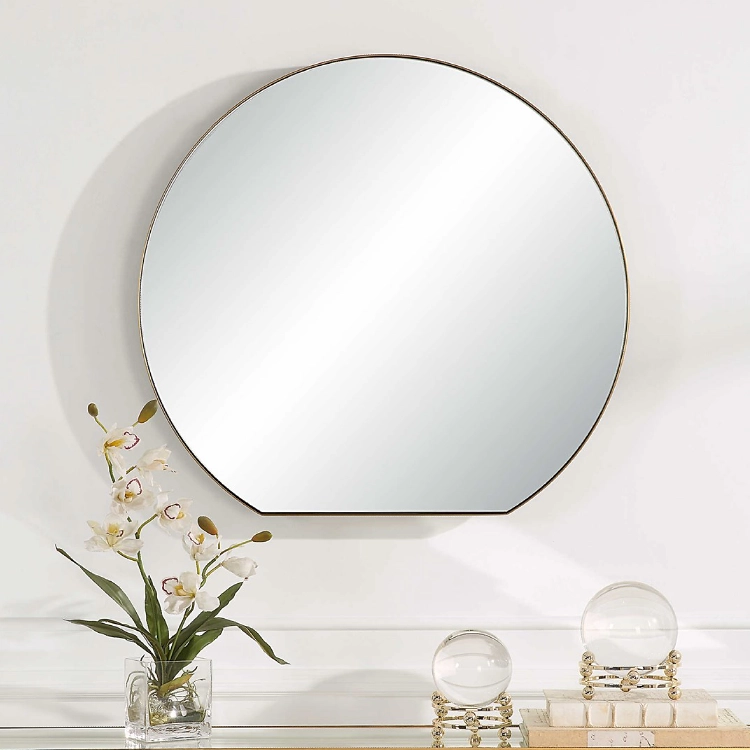
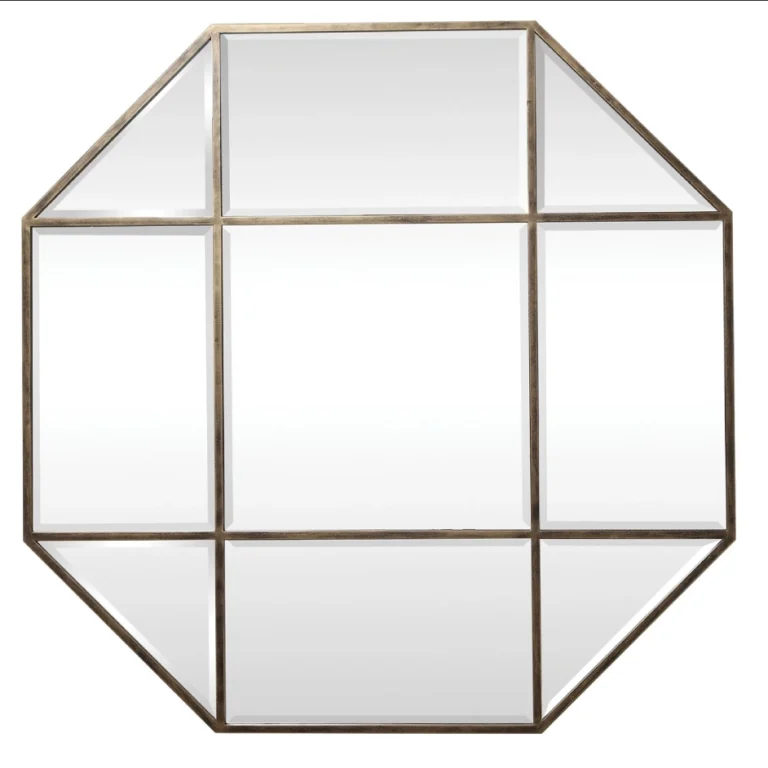
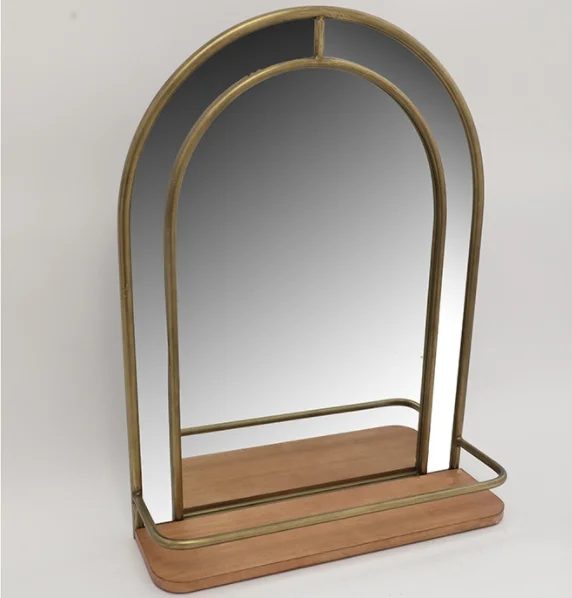
-scaled.jpg)
